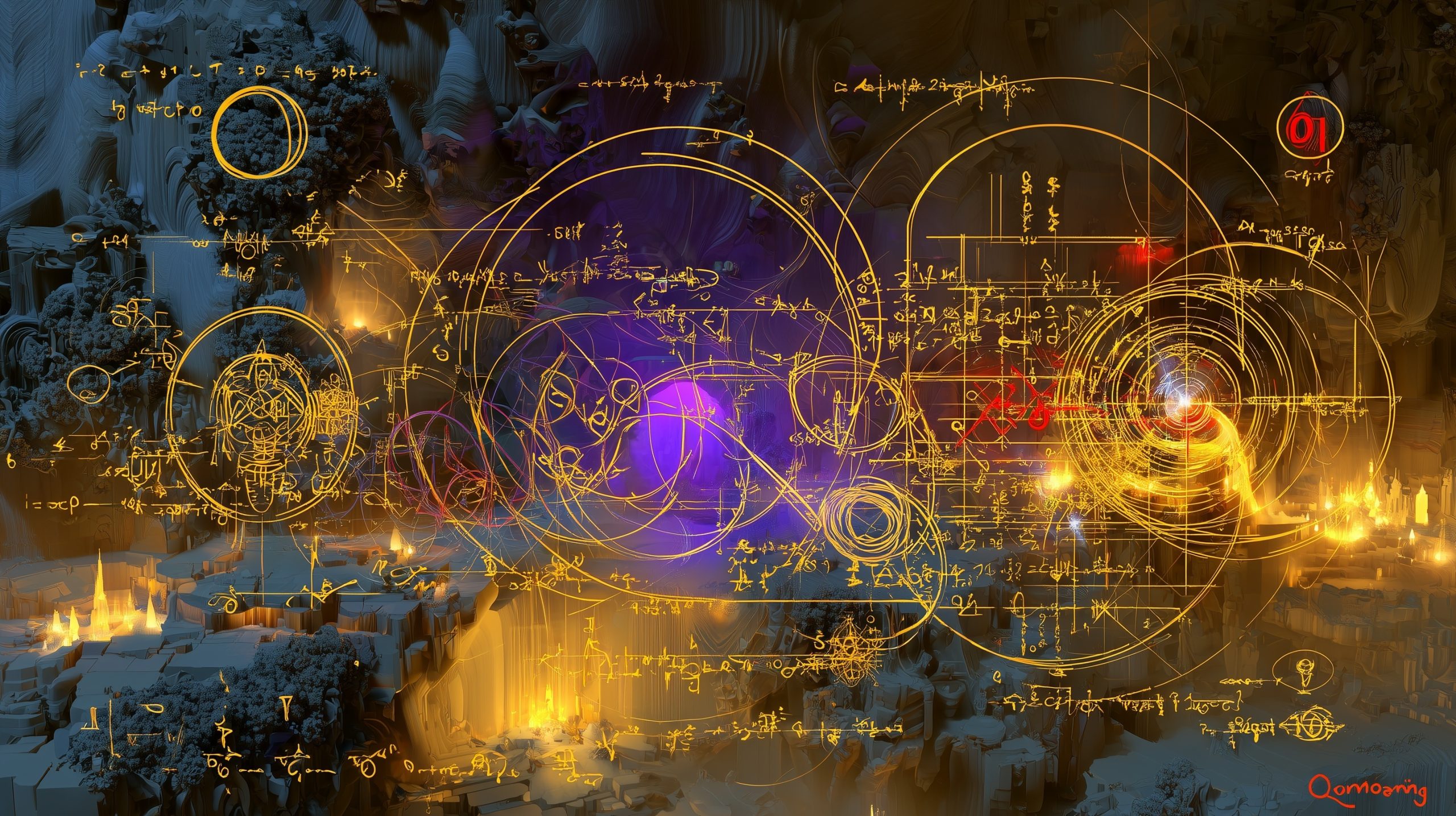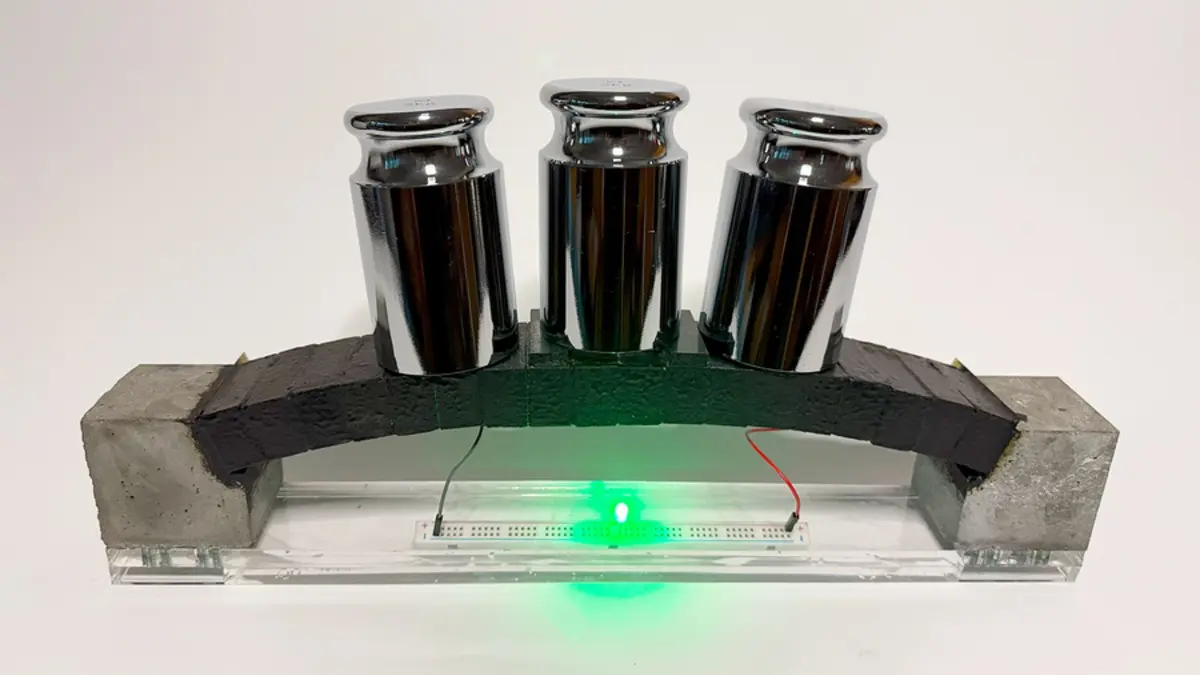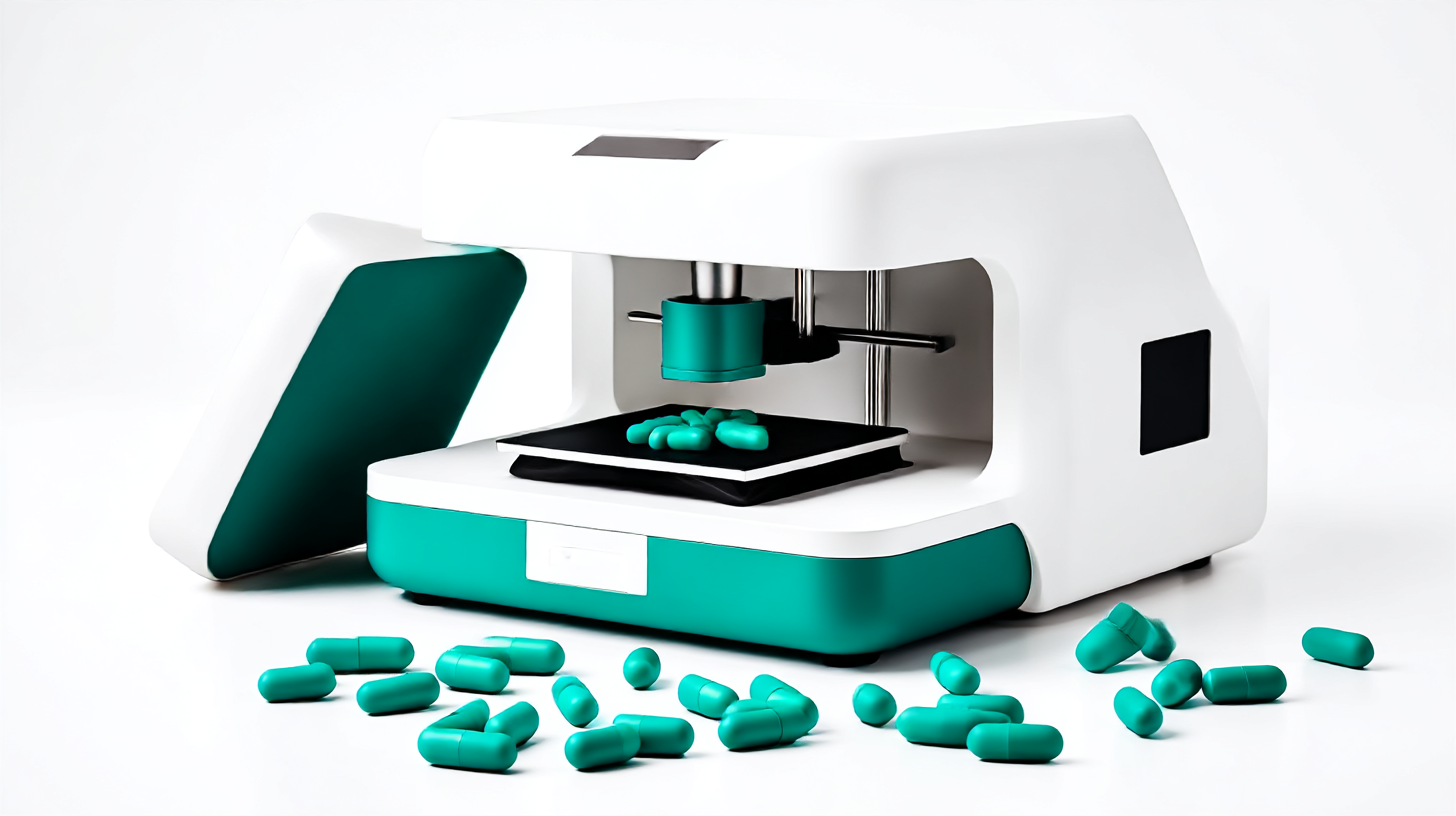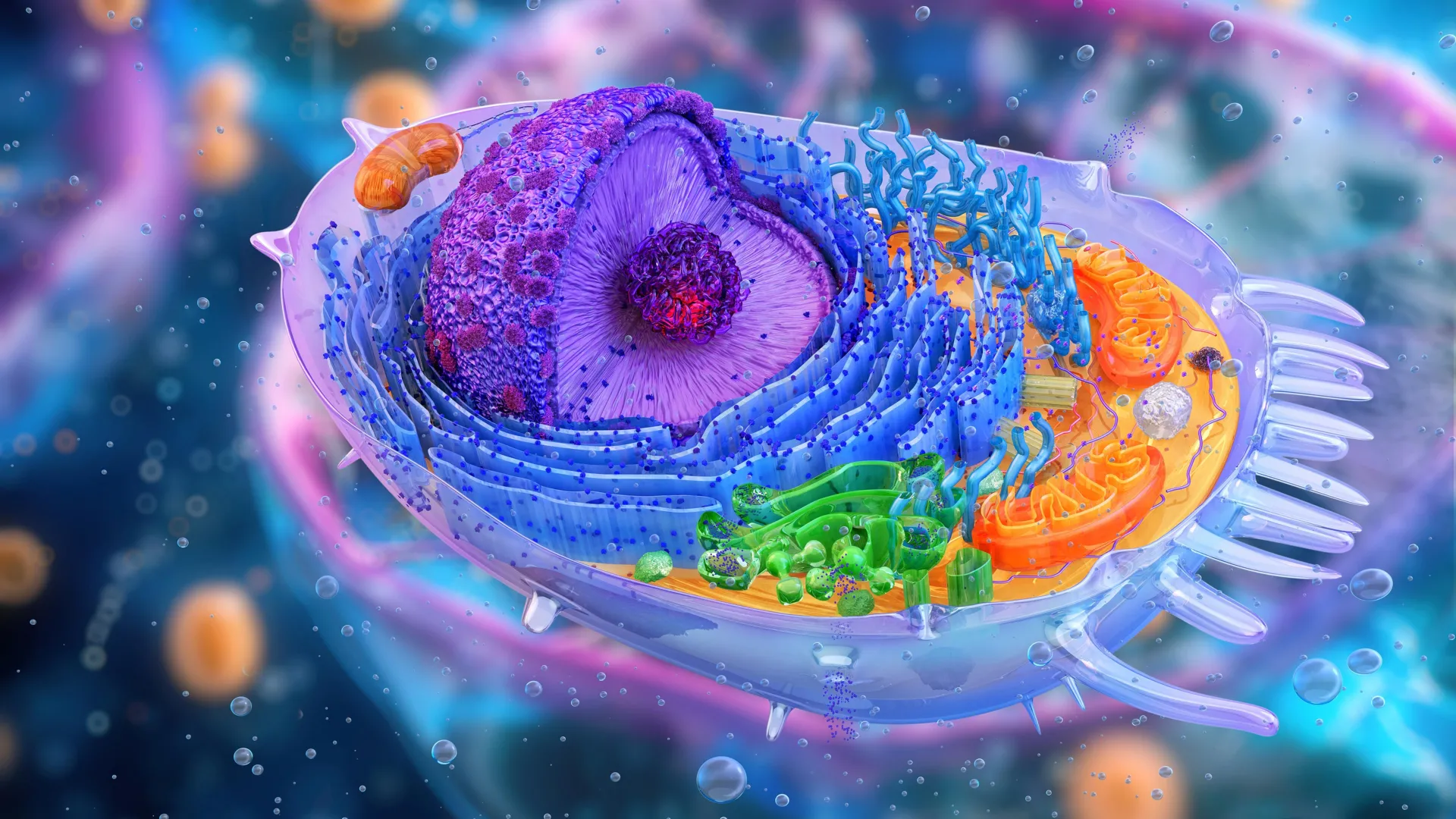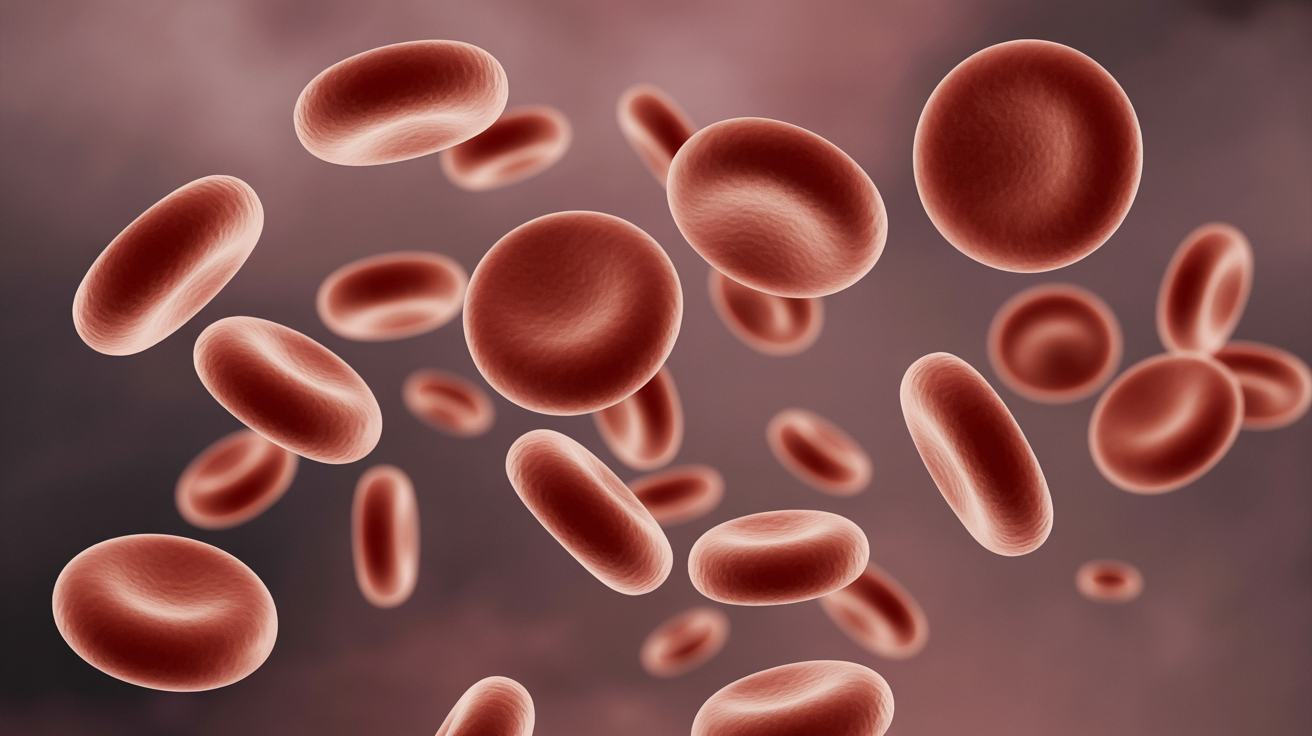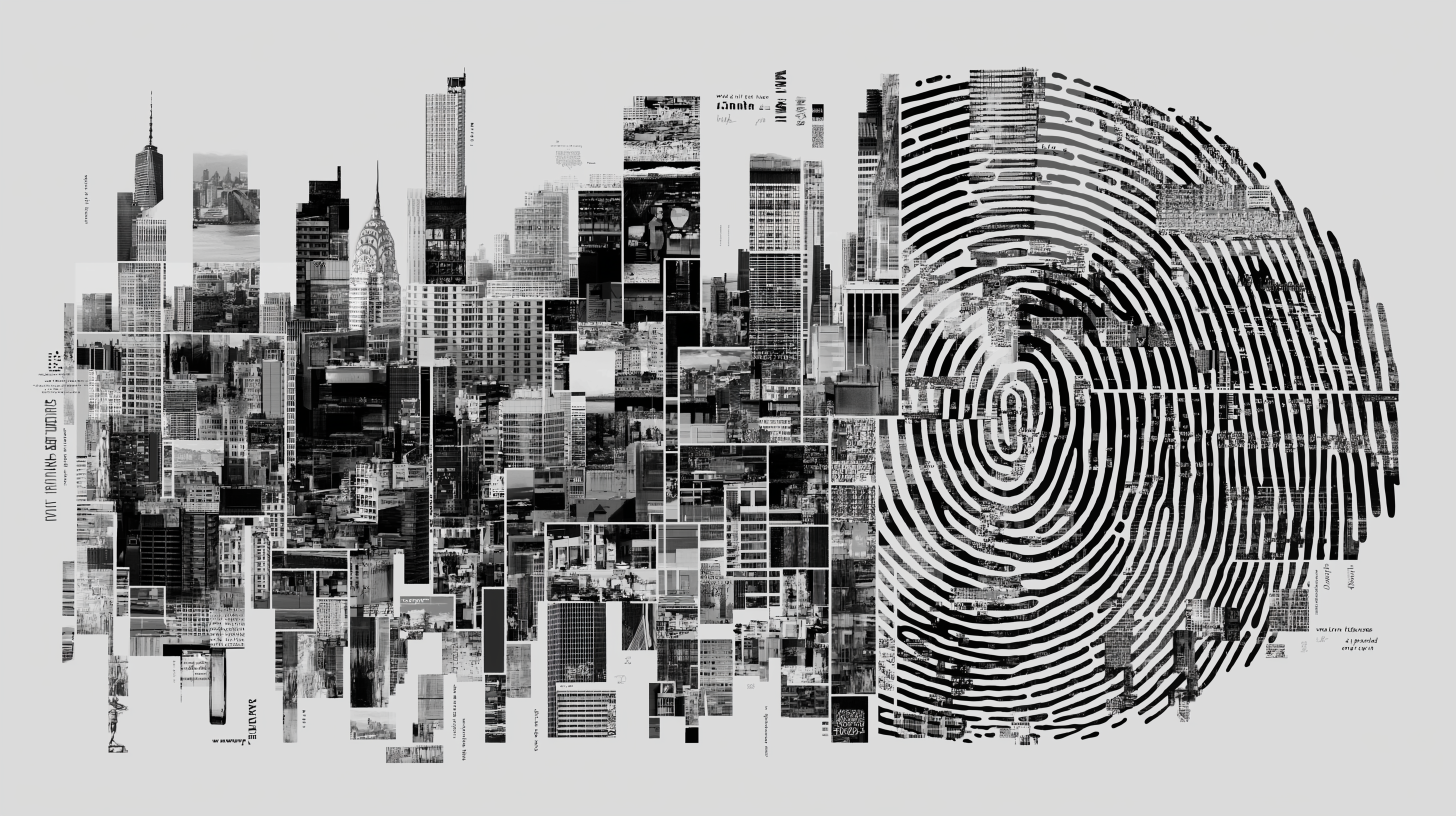By Futurist Thomas Frey
What if nothing is ever truly lost—not a word, not a moment, not even a thought? What if every experience that has ever happened, every sound ever uttered, and every heartbeat ever felt still exists somewhere, encoded in the fabric of the universe?
This bold assertion—“all information, ever created, is still in existence”—isn’t just poetic speculation. It forms the philosophical and scientific backbone of one of the most provocative emerging ideas in future science: quantum archaeology.
If true, it implies that death, decay, and disappearance are not final—only temporary states in a cosmos that forgets nothing.
Continue reading… “All Information, Ever Created, Is Still In Existence”
